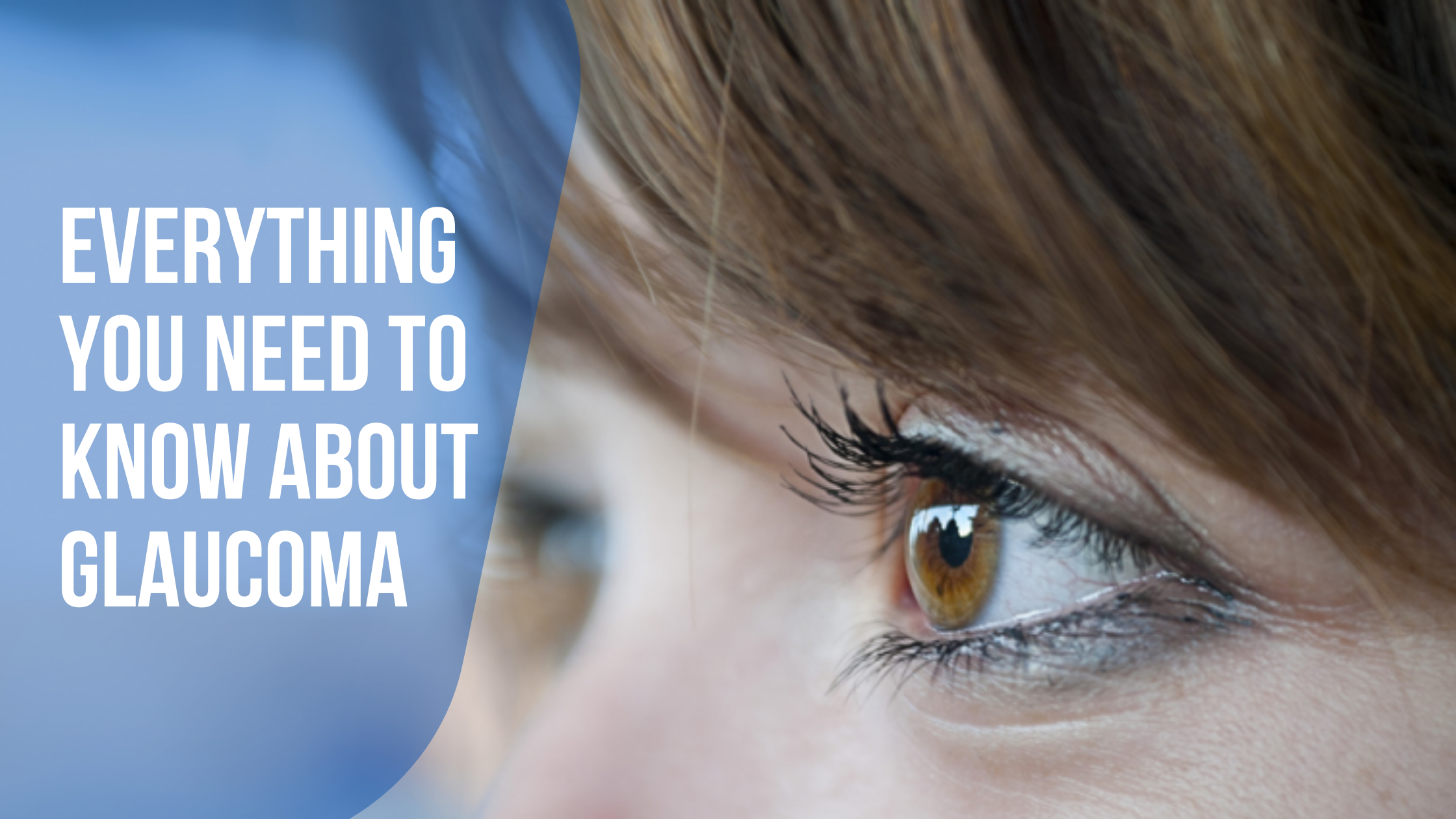Everything you need to know about Glaucoma
Anatomy
The eyes are connected to the brain by the optic nerve, which conducts the impulses from the eyes to the brain. Thus, if the optic nerve is damaged, the eyes cannot function properly.
In glaucoma, there are a series of causes that damage the optic nerve irreparably.
Hence, glaucoma is a group of eye problems that damage the optic nerve. If left untreated, glaucoma leads to permanent blindness. However, early detection and treatment can protect your eyes from serious vision loss. A diagnosis of glaucoma signals the beginning of an important, long-term partnership with your eye specialist in Mumbai. Carefully following your eye doctor’s instructions will help preserve your vision.
Causes
- Genetic
- Altered Anatomy of the eye’s drainage channels
- Injury / Trauma
- Long term use of steroids
- Diabetes Mellitus
The eye produces a clear fluid called the aqueous humor, which exits the eye through a drainage system at an angle where the iris and cornea meet. This fluid contributes to the intraocular pressure or the IOP of the eye. If the balance between the production and the drainage of this aqueous humor is imbalanced, the pressure within the eye increases. Raised intraocular pressure can further damage the optic nerve.
Symptoms
Our glaucoma specialist in Mumbai has termed it a “silent thief of sight” because its most common type, i.e., primary open-angle glaucoma, has no symptoms until it reaches an advanced stage. People with glaucoma lose their peripheral vision with time until they seem to be looking through a tunnel. Hence, it is important to have a regular checkup to prevent glaucoma.
Diagnosis
Your doctor will ask to get an eye examination after reviewing your medical history. In addition, they may perform several tests, including:
- Measuring intraocular pressure (tonometry)
- Checking for areas of vision loss (Perimetry)
- Measuring corneal thickness (Pachymetry)
- Testing for optic nerve damage (OCT)
- Inspecting the drainage angle (Gonioscopy)
Treatment
The damage caused by long-term glaucoma is usually irreversible. But treatment and regular checkups prevent vision loss, especially if treated in the early stages.
Depending on the situation, your treatment options may include prescription eye drops, laser treatment, oral medications, surgery, or a combination of these options.
Eyedrops
Glaucoma treatment often starts with eye drops. These drops decrease eye pressure by increasing the outflow of fluid through drainage channels, decreasing fluid formation in your eyes. Multiple eye drops can be prescribed depending on the severity of the condition.
Oral medications
If eye drops cannot bring down the eye pressure to the desired level, your doctor may also prescribe an oral medication.
Surgery and therapies
Non-medical treatment options include laser therapy and various surgical procedures.
- Laser therapy. Laser trabeculoplasty is an option for people affected with glaucoma. Doctors use the laser beam to open clogged eye channels in this procedure. It takes around a month for the effect of this procedure to become apparent.
- Filtering surgery. With a trabeculectomy surgical procedure, the surgeon opens the white part of the eye and removes the trabecular meshwork.
- Minimally invasive glaucoma surgery (MIGS). The doctor may suggest a MIGS procedure to lower the eye pressure. These procedures generally require less immediate postoperative care and risk less than trabeculectomy or installing a drainage device. They are often combined with cataract surgery. Several MIGS techniques are available, and your doctor will discuss which procedure may be right for you.
Are you looking for treatment, prescription, or glaucoma surgery in Mumbai? Then, book an appointment with Krishna Eye Care. We are the best eye hospital in Mumbai, with an experienced team to care for all your eye health needs.
